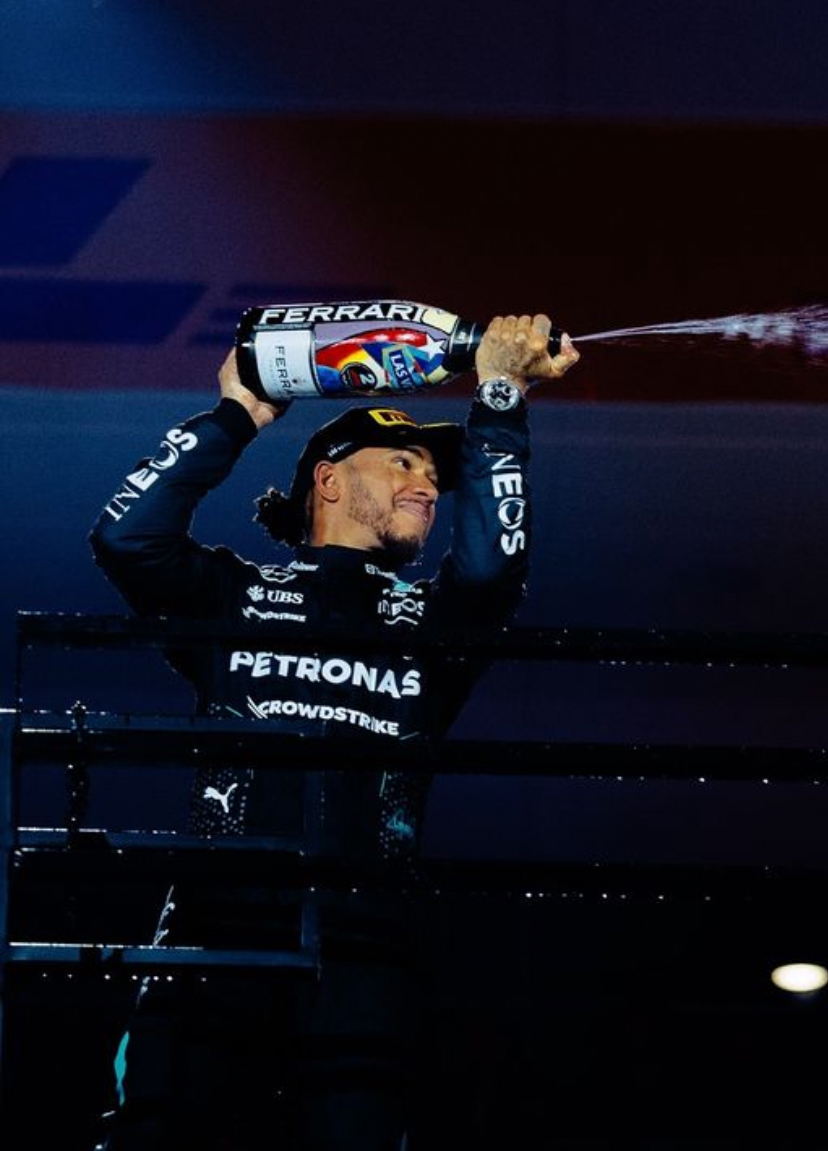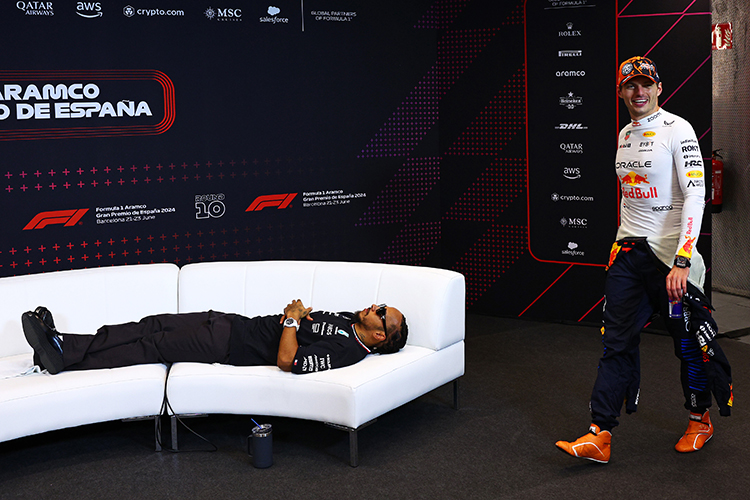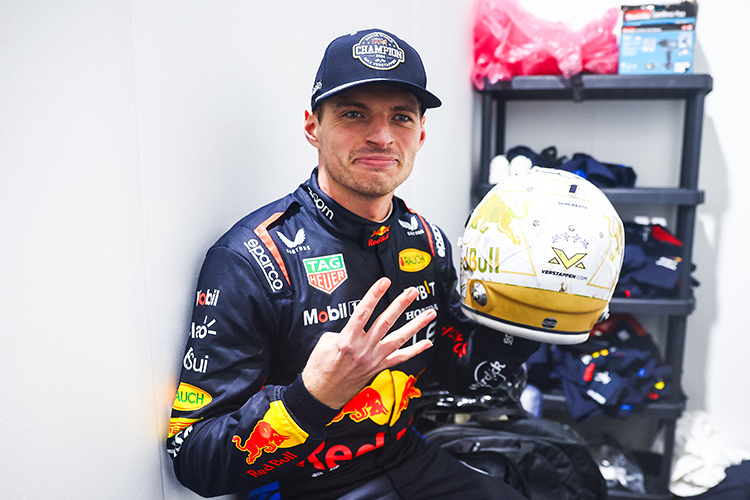F1 Overtaking Rules Explained: What are the Rules of Engagement in F1 2024?

Read next: Formula 1 World Champions — A legacy of racing legends
Learn about the rules of overtaking in F1 2024, including inside and outside corner tactics, defending regulations, and the latest updates from the FIA.
Introduction to F1 Overtaking Rules
Overtaking in Formula 1 is far from a free-for-all, with strict rules governing how drivers can attack, pass, and defend depending on the type of corner. As the 2024 season continues to unfold, incidents on track have drawn attention to the rules that drivers must follow when battling rivals for position. The FIA, the governing body of Formula 1, has clarified its driving guidelines to help ensure fair racing and improve consistency in the decision-making process during wheel-to-wheel battles.
The Introduction of Driving Guidelines in 2022
While the rules governing overtaking in F1 were not always clearly defined, the FIA took action to establish formal guidelines. Prior to 2022, while there was a general understanding of "the right way" to overtake, the lack of specific rules led to controversial incidents as Formula 1’s popularity surged. In response to this, the FIA introduced Driving Standard Guidelines in 2022 to clarify acceptable overtaking practices on track. These guidelines were published to offer more transparency for both drivers and the stewards when deciding on incidents involving overtaking maneuvers.
The guidelines were updated in 2024 to incorporate feedback from drivers and to account for evolving circumstances during the season. However, it’s important to note that these guidelines are advisory in nature. The FIA’s Sporting Regulations and the International Sporting Code, along with its relevant appendices, take precedence over the guidelines. The rules aim to help stewards make informed decisions, but they allow for the context of each incident to influence outcomes.
Overtaking on the Inside of a Corner
Overtaking on the inside of a corner is the most common method used by drivers to pass an opponent. The attacking driver must maneuver their car into a position where they are alongside the defending car, in the area of the track where the defending driver must turn. This typically means the attacking driver is on the inside of the corner, with the defending driver having to navigate around them.
For the overtaking driver to be entitled to space from the defending car, they must have their front axle at least alongside the mirror of the defending car by the apex of the corner. From there, the attacking driver must safely complete the corner, without forcing the defending driver off the track. Additionally, the attacking driver must stay within the track limits during the entry, apex, and exit of the corner while leaving space for the defending car to continue. If the overtaking driver forces the defending car off track, this could be deemed an infringement.
Overtaking on the Outside of a Corner
Overtaking on the outside of a corner is a more challenging maneuver and is less common in F1, as it requires a significant pace advantage and often cooperation from the defending driver. The overtaking driver must take a longer route around the corner, which means they sacrifice the optimal racing line. In contrast, the defending driver sacrifices exit speed and the opportunity to fight for position.
For the attacking driver to have the right to space through the corner, they must have their front axle at least alongside the defending car at the apex of the corner. If the defending car is sufficiently ahead at the apex (e.g., half a car length), the attacking driver will not be entitled to space through the remainder of the corner. The attacking driver must also stay within the track limits throughout the entire maneuver, including the corner exit.
Further Clarity from the FIA on Overtaking Tactics
The FIA has also issued further clarifications to ensure consistency in overtaking battles across all types of corners, such as chicanes and esses. The priority remains on the first corner element: if the attacking driver fails to respect the rules in the first part of the corner, they will not be given the benefit in subsequent parts of the corner. The rules apply regardless of the corner type, meaning that drivers can switch from outside to inside lines as they navigate through multiple turns.
Moreover, if either driver runs wide into a run-off area, maintaining racing speeds is not acceptable. Drivers must rejoin the track safely and must not force other cars to change speed or alter their racing lines. If a driver gains an advantage by running off-track, they are expected to give back that advantage at the discretion of the Race Director.
Defending Drivers: Rules and Limitations
Defending drivers also have specific rules they must adhere to during overtaking battles. They are not allowed to change direction more than once along a straight, preventing excessive weaving in defense of their position. When defending, if a driver moves off the racing line, they must leave at least one car’s width between their car and the track edge, ensuring the overtaking driver has enough space to attempt a pass.
Once the defending driver begins to decelerate and apply the brakes, no further changes of direction are permitted, except to follow the racing line. Additionally, crowding an opponent beyond the track limits is prohibited. Drivers must respect their competitors’ space on the track to avoid creating dangerous situations.
Conclusion: Ensuring Fair Racing in Formula 1
The rules governing overtaking in Formula 1 are designed to ensure that battles for position are conducted fairly and safely. While the guidelines are updated regularly to reflect the evolving nature of the sport, the core principles remain focused on protecting drivers and ensuring competitive, yet respectful, racing.
As Formula 1 continues to innovate and push the boundaries of motorsport, it’s crucial that the governing body, the FIA, provides clear rules to guide driver behavior on track. With the introduction of the 2024 updates, overtaking in Formula 1 will continue to be governed by a set of guidelines that prioritize fairness, safety, and the thrill of the competition.
Up Next



